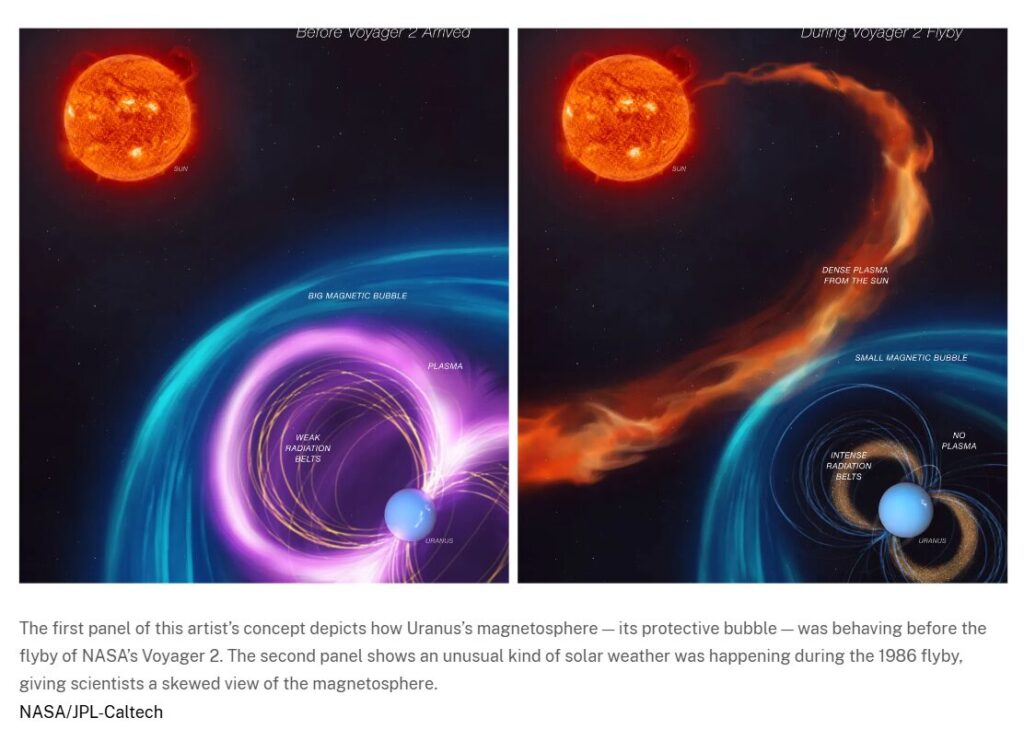
Researchers at the Technical University of Darmstadt and the Helmholtz Center Dresden-Rossendorf have developed flexible robot wings that are moved by magnetic fields. Inspired by the efficiency and adaptability of the wings of the monarch butterfly, they enable precise movements without electronics or batteries.
This bio-inspired development could fundamentally change environmental monitoring, rescue operations and biomedical applications.
Monarch butterflies are known for their outstanding endurance and adaptability. Every year, they cover thousands of kilometers on their migrations between Canada and Mexico. The key to this feat lies in their unique wings, which allow the insects to fly energy-efficiently through a combination of active movement and passive bending.
These ...
Read More









Recent Comments